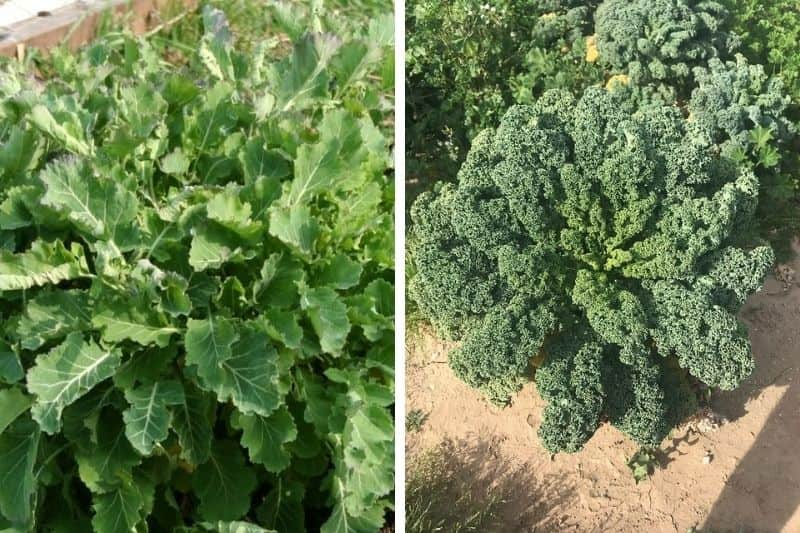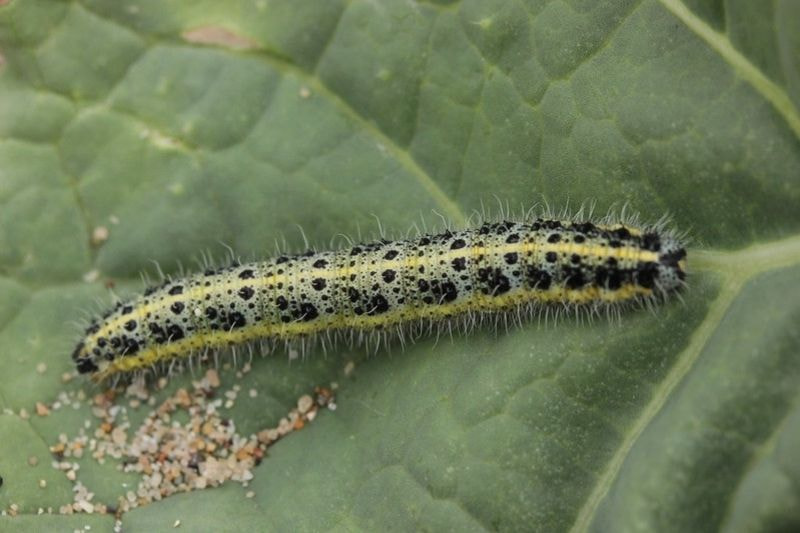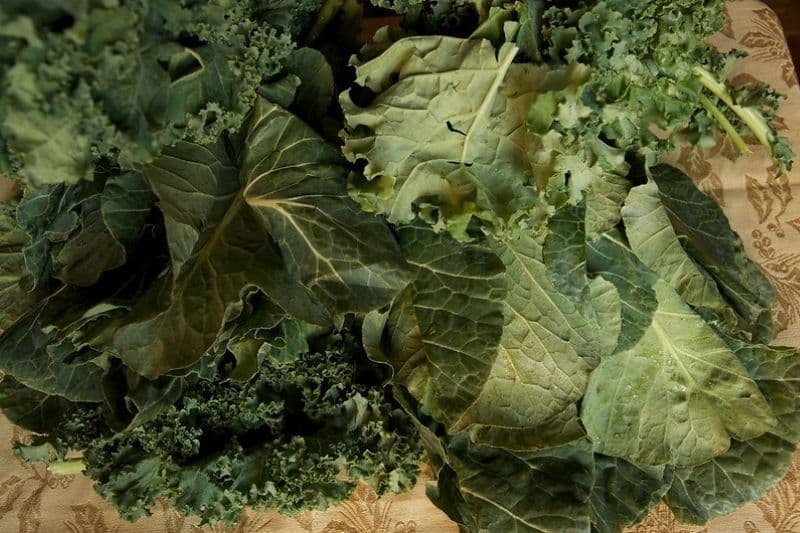Heading cabbage, curly kale, Brussels sprout, Chinese cabbage... Thanks to extensive selection, hybridization and evolution, cabbage has changed considerably and no longer has much in common with its ancestor, maritime cabbage (Brassica oleracea). Today, cabbage appears in a multitude of shapes, colours and flavours due to variability of its stems, leaves and flowers. It is enjoyed raw or cooked, and is low in calories. That is why gardener likes to grow it in garden, fully aware that it needs rich soil, frequent watering and hoeing. But did passionate gardener know that cabbage can be used as base for a very useful and economical manure as a fertiliser? A manure whose preparation is within reach of everyone, using simple equipment. Discover how to make cabbage manure, to be used as natural fertiliser.
Which cabbage to choose for manure?
To prepare this infusion that concentrates all properties of a plant, use leaves. They should be roughly chopped. So forget cabbages grown for their inflorescences such as cauliflowers, broccoli or Romanesco broccoli... nor Brussels sprout whose small heads are eaten at leaf axils.
If you want to make cabbage manure, choose varieties rich in leaves. white cabbages or curly kale can be used but best suited are Daubenton kales, the famous perennial kales, and kales. These cabbages have advantage of abundant foliage that renews and can be harvested almost all year round. You can also choose forage cabbages used for animal feed, which have dense foliage.

De par leur feuillage dense, le chou Daubenton et le chou Kale sont idéaux pour fabriquer un purin de chou
What are virtues of cabbage manure?
Because cabbage is rich in nitrogen and trace elements, its manure will be mainly used to fertilise plants. Use it as fertiliser that promotes growth of plants. Indeed, it will feed them while enriching soil.
Some gardeners even use it as repellent, particularly to combat cabbage white. It may seem paradoxical but scientific study by researchers Renwick and Radke in 1985 suggests that cabbage white is bothered by smell of damaged crucifers. Indeed, cabbage white is clever enough to interpret such odour as sign of cabbage already attacked by another cabbage white. To increase its chances, it prefers to move elsewhere.

Le purin de chou aurait des vertus répulsives sur la piéride du chou
Cabbage manure is therefore worth testing as prevention if you fear invasion of cabbage whites. This does not prevent you from using other control methods proposed by Ingrid B.
Essential equipment
To make 10 litres of cabbage manure, you need:
- 2 non-metallic containers because of risk of oxidation that destroys active molecules; plastic buckets are perfect
- A lid with same diameter as bucket. An old cloth will do
- A fine cloth
- A stick
- Opaque, airtight plastic jerrycans
- A funnel
- Protective gloves
For preparing cabbage manure, it is preferable to use rainwater. Tap water being heavily chlorinated, it can be used provided it is left to stand for 72 hours at room temperature. If you live in area with hard water, add a capful of white vinegar. You can also make manure with commercially bottled spring water.
Allow 1 kg of cabbage leaves. You can also keep stems and flowering tops.

Comptez 1 kg de feuilles de chou pour 10 litres d'eau de pluie
How to make cabbage manure?
- Roughly chop leaves and flowering tops of cabbage with a knife and slice stems very finely. You can also use leaves only, which are quicker to chop.
- Put them in bucket and pour in 10 litres of water.
- Stir briefly and cover with lid or old cloth. Latter has advantage of letting fermentation gas escape.
- Place bucket in cool location with temperature ideally between 15 and 20 °C. Above this, manure may produce strong odours.
- Let macerate for 10 days stirring with stick every day for 10 minutes.
- After 10 days, strain cabbage manure into second container using fine cloth to remove impurities. For effective filtration, drape cloth over second bucket and secure with cord so it does not move. Then pour manure onto cloth. Compost cabbage residues.
- Transfer cabbage manure into opaque jerrycans using funnel.
- Seal jerrycan and store on high shelf in cool, ventilated room. Manure can be kept for several months.
How to use cabbage manure?
Cabbage manure is used diluted at 5–10% in rainwater, meaning mix 5–10 cl of cabbage manure per litre of water (or 50–100 cl of manure for 10 litres of water).
Cabbage manure is applied as watering so you can dilute it in watering can. Make sure to water at base of plants without wetting foliage. Water early morning or late evening when sun rays are weaker as they degrade active principles of manure. Use at planting then every two weeks throughout growth.
Avoid applying cabbage manure during rainy periods.
Always wear protective gloves when handling manure.
To stimulate plant growth, you can also make nettle manure at home. Virginie explains how to make it. Comfrey manure is also effective to fertilise plants. Again, Virginie shares her comfrey manure recipe.
































Comments